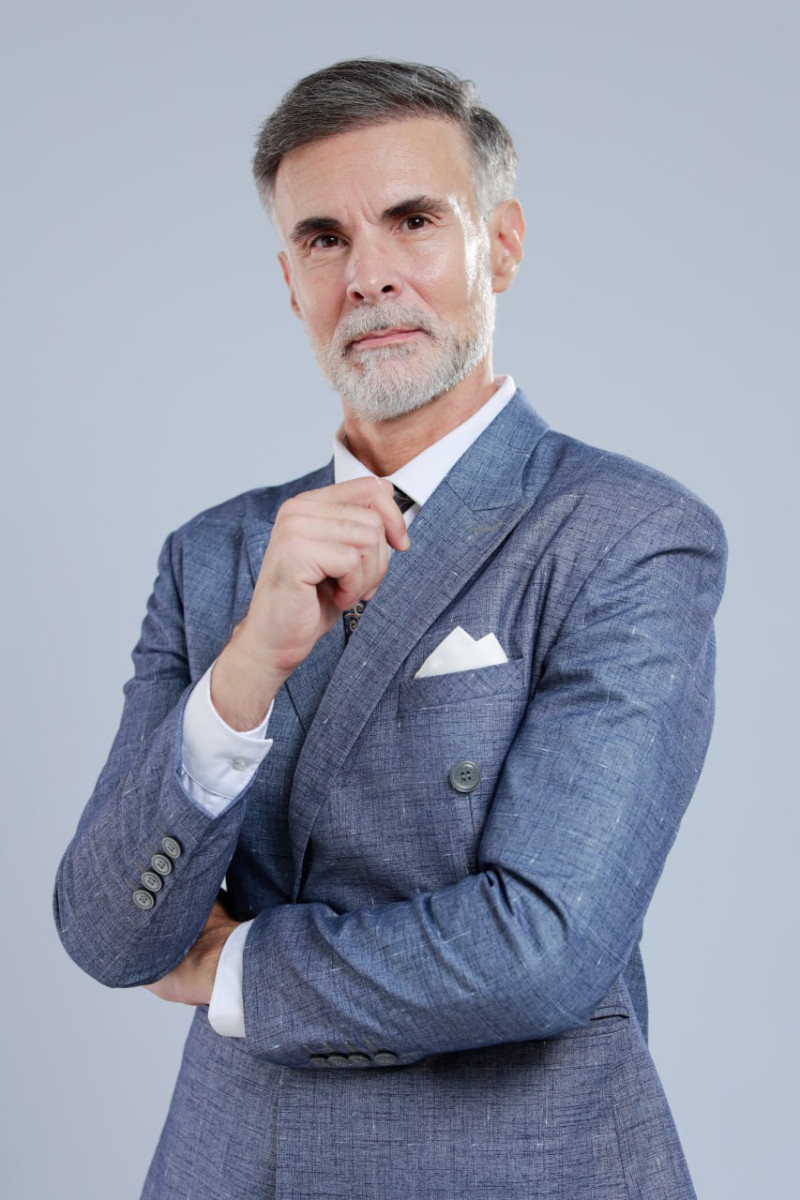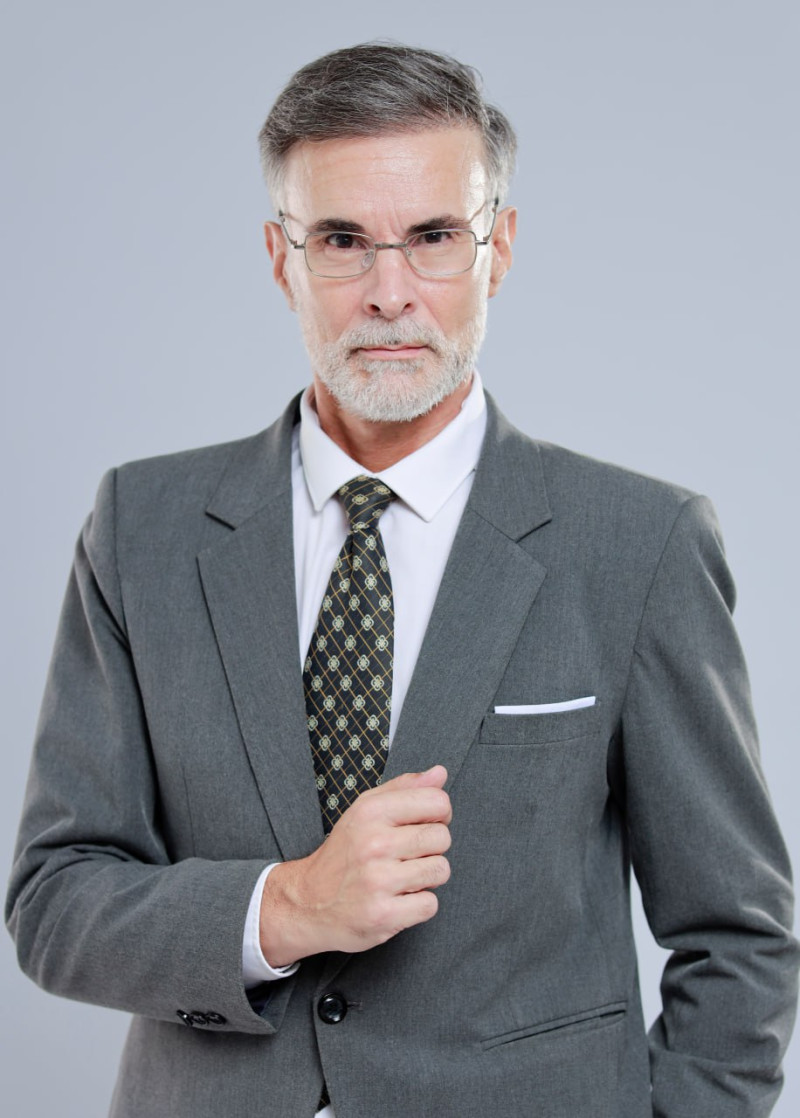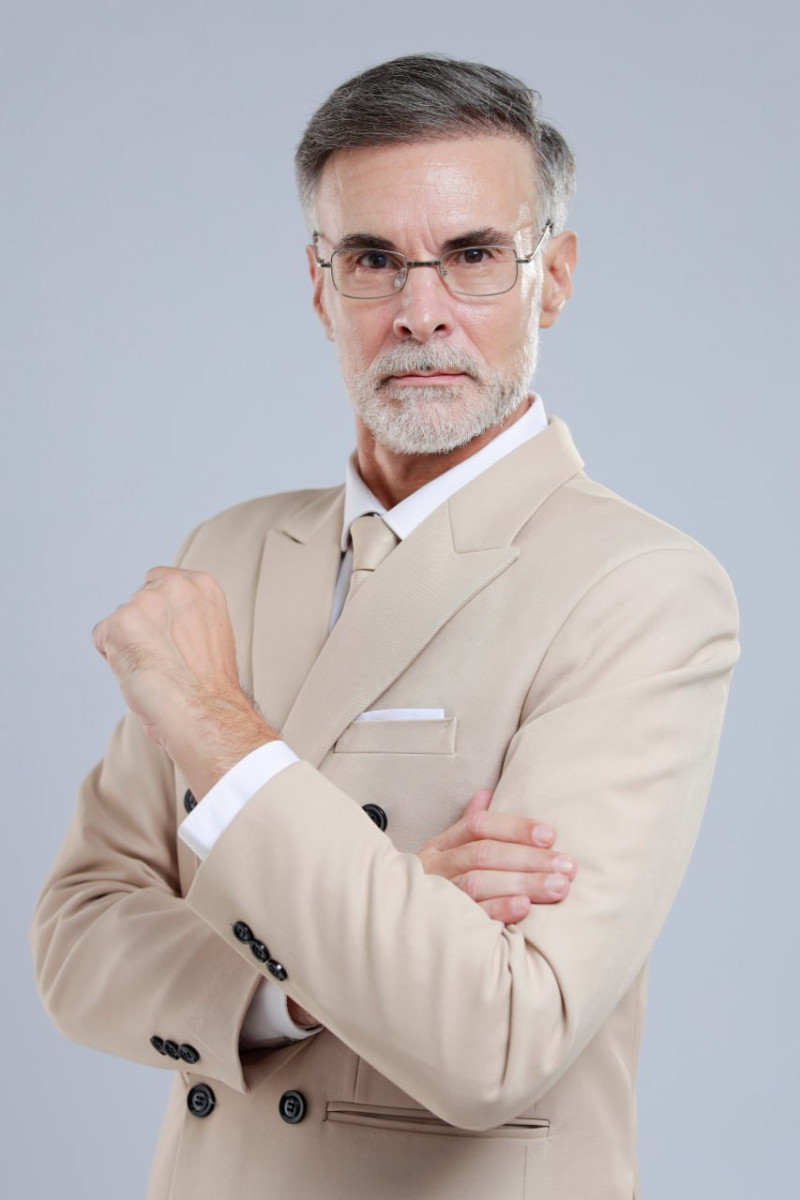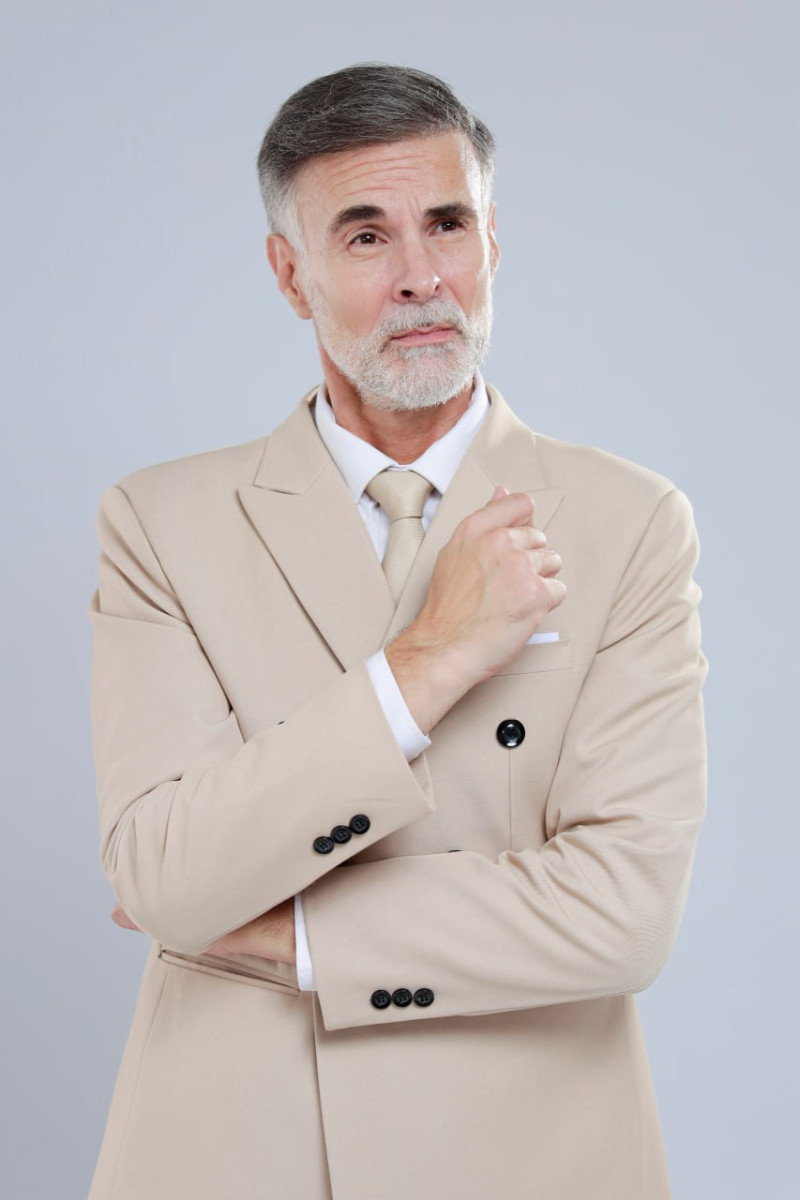Mystery recordings will now be heard for the first time in about 100 years
Before audio playlists, before cassette tapes and even before records, there were wax cylinders — the earliest, mass-produced way people could both listen to commercial music and record themselves.
In the 1890s, they were a revolution. People slid blank cylinders onto their Edison phonographs (or shaved down the wax on commercial cylinders) and recorded their families, their environments, themselves.
"When I first started here, it was a format I didn't know much about," said Jessica Wood, assistant curator for music and recorded sound at The New York Public Library for the Performing Arts. "But it became my favorite format, because there's so many unknowns and it's possible to discover things that haven't been heard since they were recorded."
They haven't been heard because the wax is so fragile. The earliest, putty-colored cylinders deteriorate after only a few dozen listens if played on the Edison machines; they crack if you hold them too long in your hand. And because the wax tubes themselves were unlabeled, many of them remain mysteries.
"They could be people's birthday parties," Wood said, recordings that could tell us more about the social history of the time. "Or they could be "The Star-Spangled Banner" or something incredibly common," she laughed. "I really hope for people's birthday parties."
She's particularly curious about a box of unlabeled cylinders she found on a storage shelf in 2016. All she knows about them is what was on the inside of the box: Gift of Mary Dana to the New York Public Library in 1935.
Enter the Endpoint Cylinder and Dictabelt Machine, invented by Californian Nicholas Bergh, which recently was acquired by the library. Thanks to the combination of its laser and needle, it can digitize even broken or cracked wax cylinders — and there are a lot of those. But Bergh said, the design of the cylinder, which makes it fragile, is also its strength.
"Edison thought of this format as a recording format, almost like like a cassette machine," Bergh said. "That's why the format is a [cylinder]. It's very, very hard to do on a disc. And that's also why there's so much great material on wax cylinder that doesn't exist on disc, like field recorded cylinders, ethnographic material, home recordings, things like that."
One of those important collections owned by the library is the "Mapleson Cylinders," a collection recorded by Lionel Mapleson, the Metropolitan Opera's librarian at the turn of the last century. Mapleson recorded rehearsals and performances — it's the only way listeners can hear pre-World War I opera singers with a full orchestra. Bob Kosovsky, a librarian in the music and recorded sound division, said the Mapleson Cylinders "represent the first extensive live recordings in recorded history."
He said that some of the stars sing in ways no contemporary opera singer would sing. "And that gives us a sort of a keyhole into what things were like then. Not necessarily to do it that way today, but just to know what options are available and how singers and performers and audiences conceived of these things, which is so different from our own conception. It's a way of opening our minds to hear what other possibilities exist."
It will take the library a couple years to digitize all its cylinders. But when they're through, listeners all over the country should be able to access them from their home computers, opening a window to what people sounded like and thought about over 100 years ago.
Disclaimer: The copyright of this article belongs to the original author. Reposting this article is solely for the purpose of information dissemination and does not constitute any investment advice. If there is any infringement, please contact us immediately. We will make corrections or deletions as necessary. Thank you.







